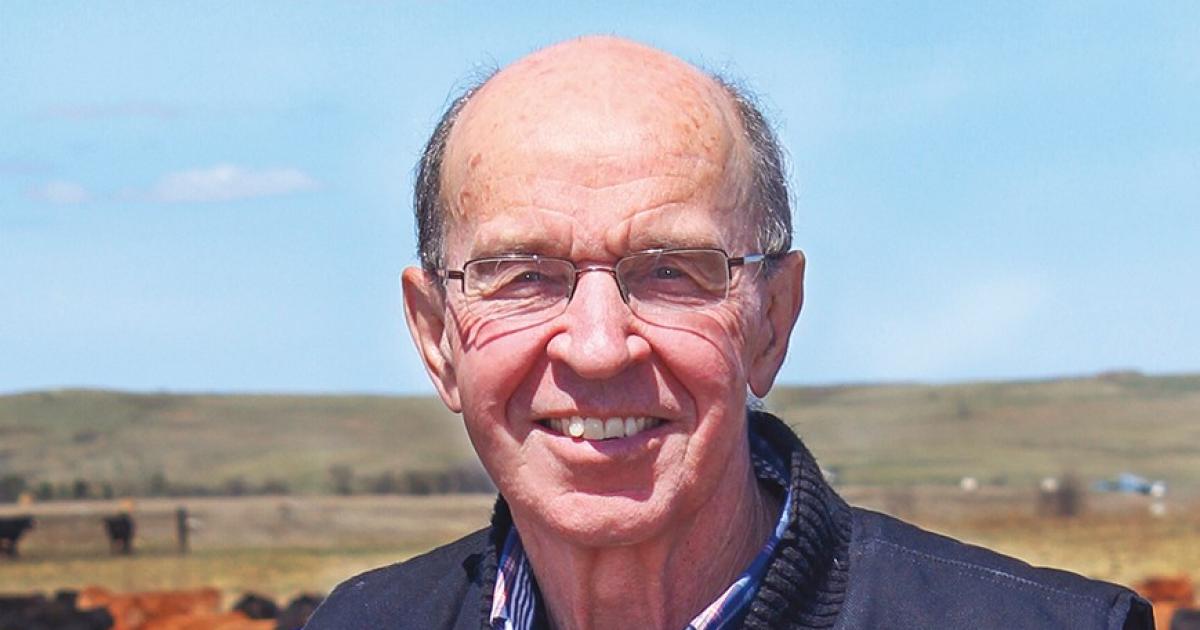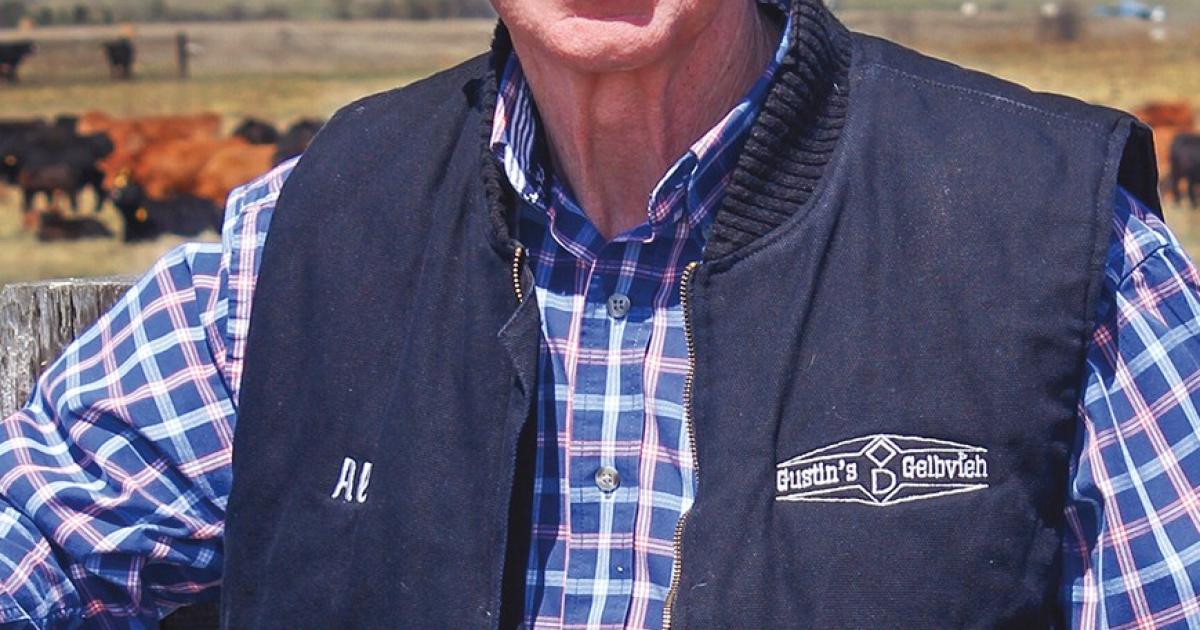Al Gustin
Our daughter in New York sent me a BBC article she came across about the future of farming. It talks about “the communications technologies required to move data between the field and the computational cloud, and the technology to process mind-boggling volumes of information with artificial intelligence (AI) and machine learning.”
How do you feel about the future of farming? It’s a future full of technological advances, with “drones detecting weeds and delivering the right mix of herbicide.” Farming’s future is exciting.
I thought, too, of ranch wives as business partners. Our neighbor married a small-town girl from Minnesota. I’ll always remember her enthusiasm for the ranch life she married into. As she saw it, this was going to be our ranch, our cows (she named many of them), our great adventure, our place to raise children. And it was. She died of cancer at a young age, 48, and at her funeral, the minister commented about the partnership she had and loved so much.
Then again, how do you feel about farming in the future – about being part of all that? Does the prospect of adapting to rapid and unforeseen changes create trepidation? We think about all the changes in agriculture our parents and grandparents witnessed, and had to adopt or adapt, and we wonder if they found it exciting.
There is a Facebook group, “Dakotas Abandoned Images,” where people post pictures of old, abandoned farm buildings and horse-drawn farm implements. Those photos elicit lots of comments about farming in a simpler time – about hard work, family and dreams.
His comments reminded me of the competitive tension that exists between agricultural commodities. I thought about how an increase in the price of corn negatively impacts feeder calf prices, and about how margarine sales reduce the demand for butter, but increase the demand for soybean and sunflower oil. There are many examples. Crops compete for acres and for markets. Will it be chicken or beef for dinner? They are all agricultural commodities, produced by farmers and ranchers. But sometimes an increase in demand for one comes at the expense of another.
A newspaper account I found said steamboats passing through Bismarck in 1881 carried 1,800 head of horses and cattle and 600 sheep.
The Bismarck Tribune, on Sept. 1, 1882, reported, “The Coteaus are admirably fit for stock raising. Sheep do particularly well. The effect of the climate is to make fleeces heavier.”
In March of that same year, the Jamestown Weekly Alert reported, “A party of Philadelphia capitalists are contemplating sheep farming on a large scale in Dakota.”
Years ago, many small towns hosted feeder calf shows in the fall. They provided a chance for commercial and purebred cattlemen to show how their breeding programs were working.
Then there were bull shows in the winter – at Bismarck, Dickinson and Drake. Pens of yearling bulls were displayed, and the owner was given the opportunity to talk about his or her program.


















